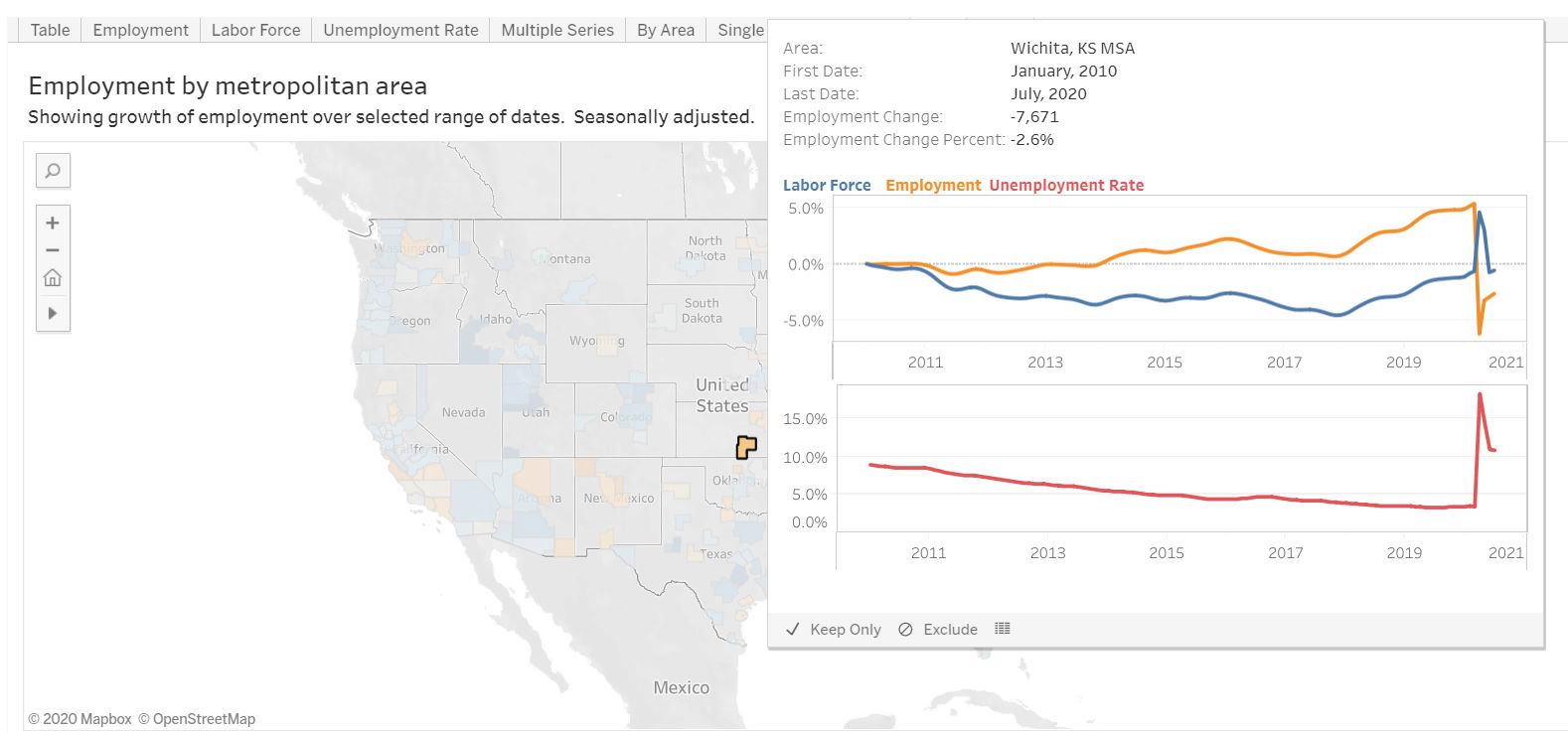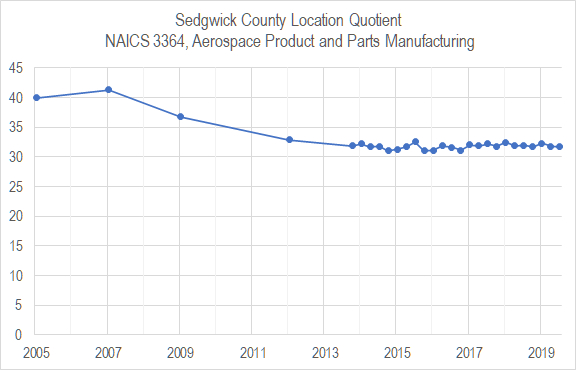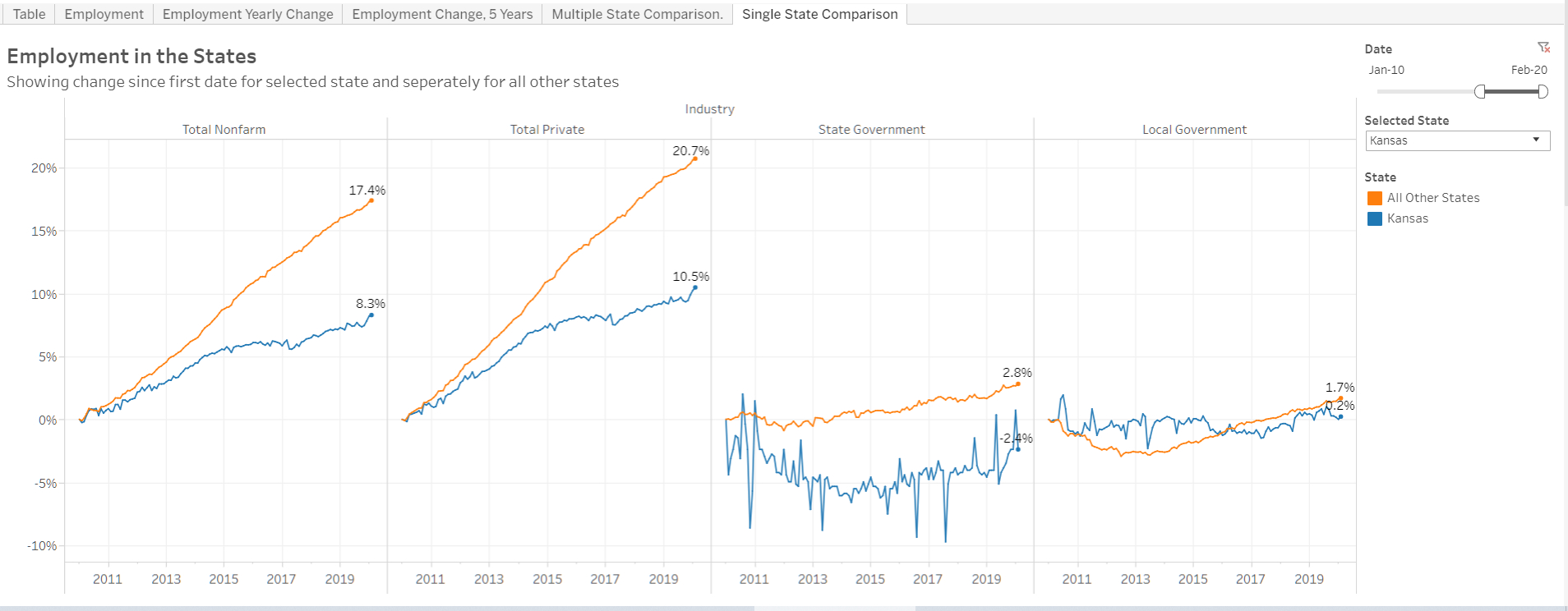Although there has been progress, cronyism and the swamp may be renewed in Washington.
Right under the nose of a president who promised to drain the swamp, one of the government’s shadiest handouts to large banks and big companies looks like it will be renewed for another 25 years. It will not get adequate oversight and congressional review. All it will take is the approval of two out of three U.S. Export-Import Bank directors, who are political appointees.
That entity is called the Private Export Funding Corporation, or PEFCO.
Veronique de Rugy is a Senior Research Fellow at the Mercatus Center at George Mason University. She goes on to explain that PEFCO acquires Export-Import Bank loans from private lenders. (The Ex-Im Bank is its own universe of cronyism.) It gets complicated, but the upshot is that many people are earning fees and interest without assuming risk, as taxpayers assume all the risk.
Many government programs guarantee loans. But as de Rugy notes: “The Export-Import Bank has been criticized for its cronyism, but PEFCO adds insult to injury because most of its shareholders are also its customers.”
This is from her recent New York Times op-ed I Study Corporate Welfare. Even I Was Shocked by This Cronyism. A privately owned entity created by the Export-Import Bank allows its customers to also be its owners. A larger piece is her commentary Now Is the Time to Revisit the 50-Year Relationship Between the Ex-Im Bank and PEFCO.

In the commentary, de Rugy closes with these recommendations:
In light of the current economic crisis, some may feel that now is not the time to reconsider or even reform PEFCO. But not even the most pessimistic economic scenarios assume that the current crisis will last 25 years. Assuming that the liquidity argument holds, if the guarantee agreement between the Ex-Im Bank and PEFCO is renewed again, it should be renewed for only one year, at the end of which the need for, or appropriate role of, PEFCO should be revisited in light of prevailing economic conditions. In the meantime, the Ex-Im Bank should review the appropriateness of its exclusive relationship with PEFCO.
In addition, PEFCO should under no circumstances be allowed to pay dividends to its shareholders, since they have zero capital at risk.
Finally, to signal a ceiling on the level of support that US taxpayers will provide to PEFCO’s shareholders, the Ex-Im Bank should not expand its guarantee for the interest payments that PEFCO owes on its secured notes, as has been proposed.























































